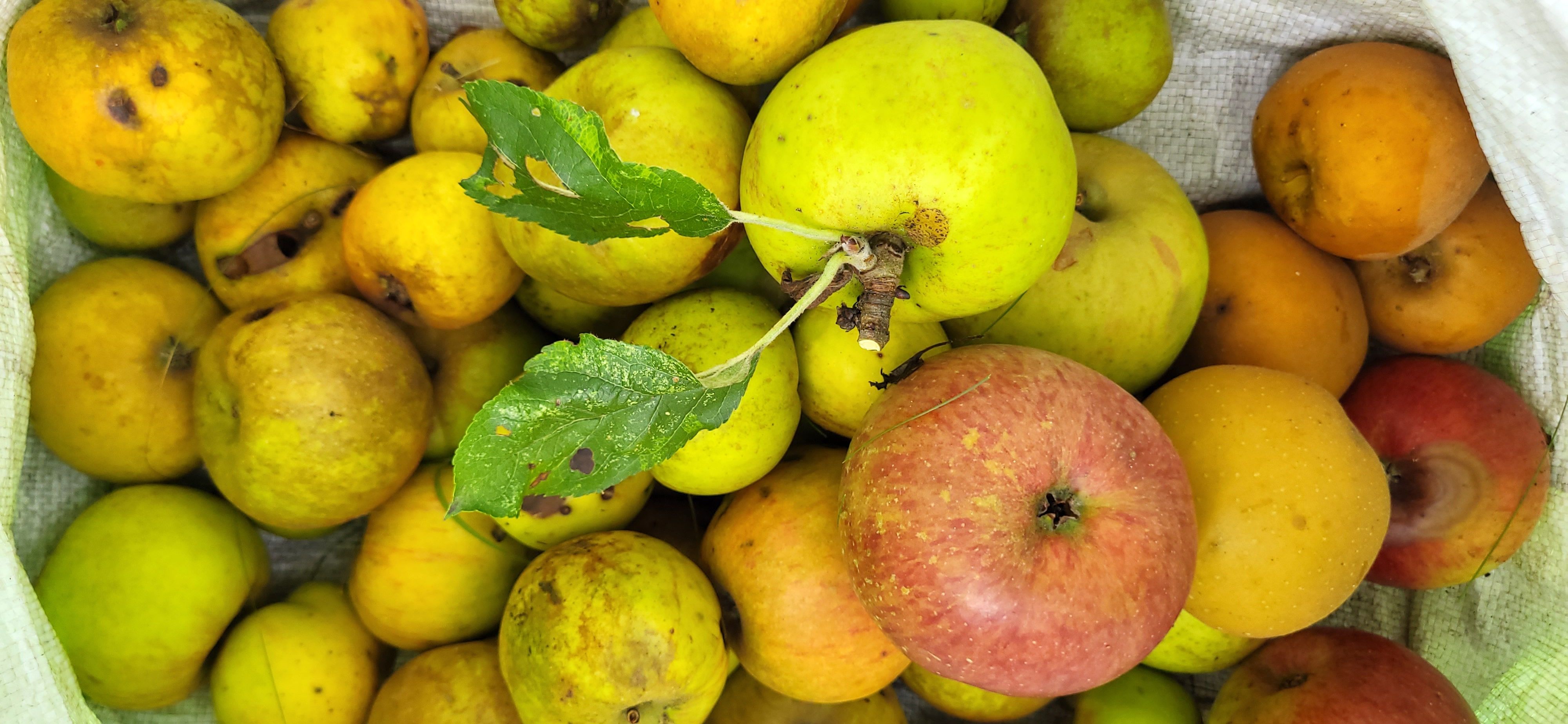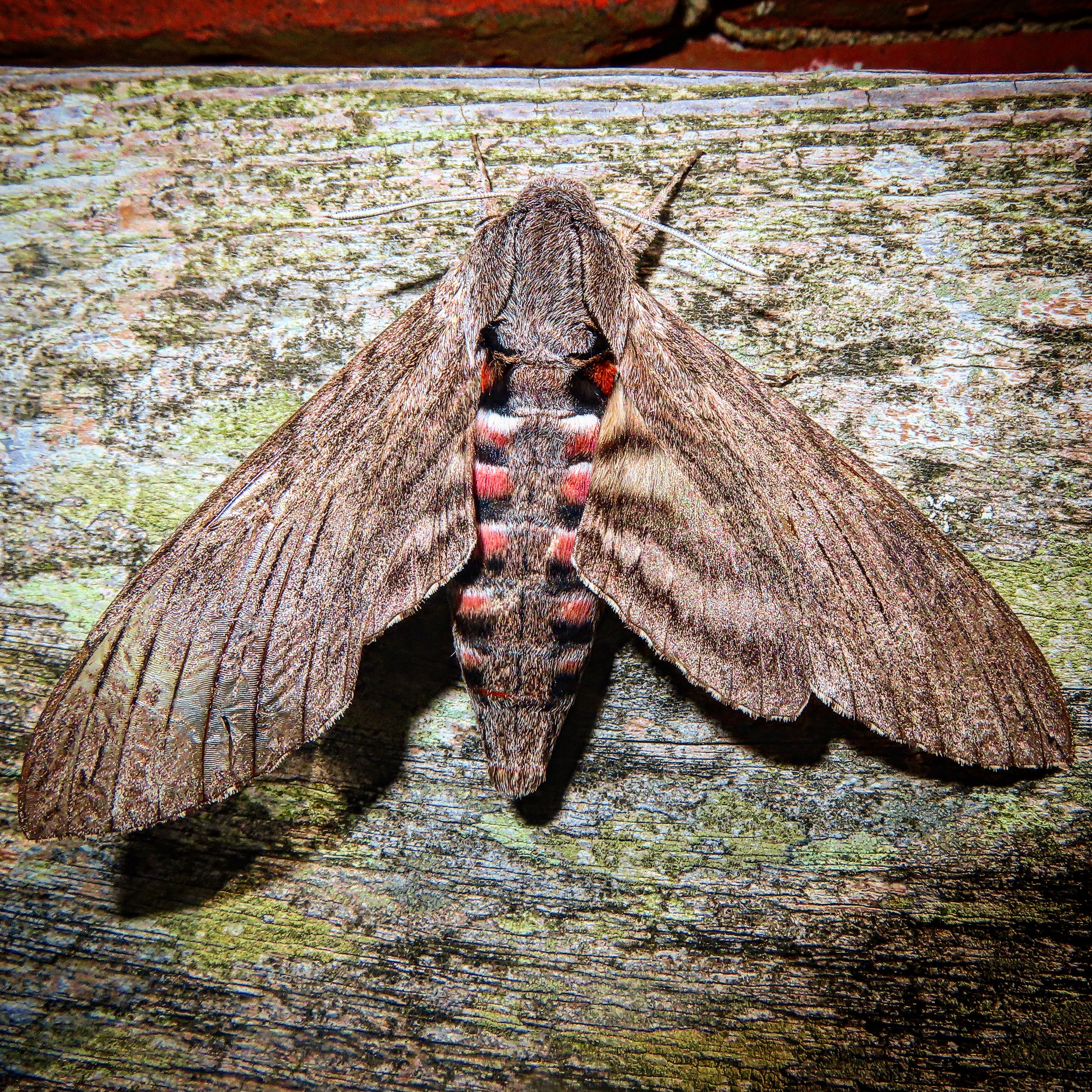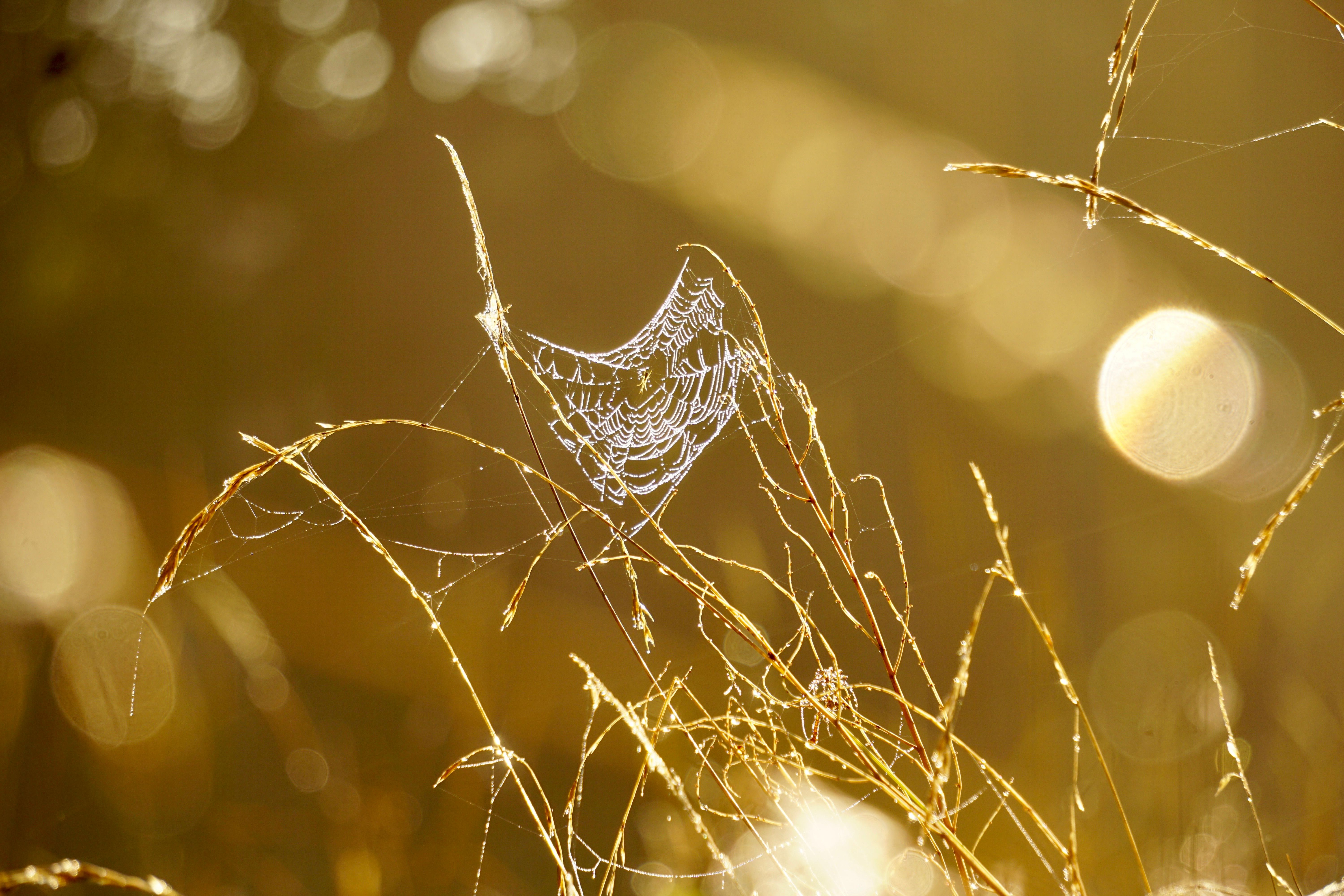An autumn of opportunity
By Suzi Turner - 03 October 2023
It often feels as if the transition to autumn in the garden here at Knepp has truly begun when we see Bryn and Wren arrive with a van topped with ladders and brimming with crates to begin the year's apple harvest at the castle orchard. Along with our wonderful team of Knepp volunteers and the Brighton Permaculture Trust, we pick and then press our varied Sussex varieties, which from this year will be in the new Knepp Wilding kitchen and Shop, as organic apple juice.
 For me in my own garden on the south coast, this means heading home with some windfall apples for a crumble and a check on the crop on my own tree I inherited. A nameless eating apple, the poor tree is consistently draped in bindweed from the neighbour’s plot and it is hardly tended by me. It still throws out tasty fruit and I have learned to ignore the bindweed when I come to pick the jumper full it gives me each year.
For me in my own garden on the south coast, this means heading home with some windfall apples for a crumble and a check on the crop on my own tree I inherited. A nameless eating apple, the poor tree is consistently draped in bindweed from the neighbour’s plot and it is hardly tended by me. It still throws out tasty fruit and I have learned to ignore the bindweed when I come to pick the jumper full it gives me each year.
It hasn’t been an easy path to this level of acceptance, I will admit. I have often found myself disheartened and consumed with the task of wrestling out the offending plant that is convolvulus, the hedge bindweed. However, the light bulb moment came in the form of this picture by Ryan Greaves, and regular host of bat and moth safaris at Knepp and beyond.
 This wonderful female convolvulus hawk moth, which can travel to North Africa using its wingspan of over 10cm, had found its way to Ryan's garden! So named after its caterpillar’s favourite food plant, the thought of having one of these moths in my small suburban garden was a revelation.
This wonderful female convolvulus hawk moth, which can travel to North Africa using its wingspan of over 10cm, had found its way to Ryan's garden! So named after its caterpillar’s favourite food plant, the thought of having one of these moths in my small suburban garden was a revelation.
So, a period of reframing began, I stopped feeling as if I was failing by picking apples instead of bindweed and that perhaps, if I just left it this one time, it wouldn’t smother my entire garden overnight and I could enjoy the harvesting and leave a small section of my garden for nature. Not forever perhaps but right now I could enjoy my garden instead of fighting it.
In the garden here at Knepp, we often talk to people about how rewilding is a change in mindset, and in autumn this can be particularly challenging to even the messiest gardener. Our Victorian hangover to tidy and clear the garden for winter, putting it to bed so to speak, seems to spur us into becoming outdoor cleaners. Once you have cut back and cleared dead stems and mown ever growing lawns, it can be easy to go inside and ignore the once demanding garden, seemingly held in stasis by your autumn clearance.

Our approach to stewarding the garden here is lighter, we leave dead stems to hollow and overwinter invertebrates, those limbs that have fallen and will become too wet eventually, are curled or woven into habitat and tucked over any bare ground.
The result is a garden still full of life through colder darker months and a larder of hips and twigs remain for early spring pickings. We often see goldfinches snapping off dead perovskia stems or using standing cardoon heads as launch pads to pick off over-wintering aphids.
In my own garden, I now find myself treading the same easier path, looking for the opportunities for biodiversity that I can add and then be lucky enough to enjoy. The truth is they were there all along, I just kept tidying them away.
Photos by Amy Hurn and Ryan Greaves.

